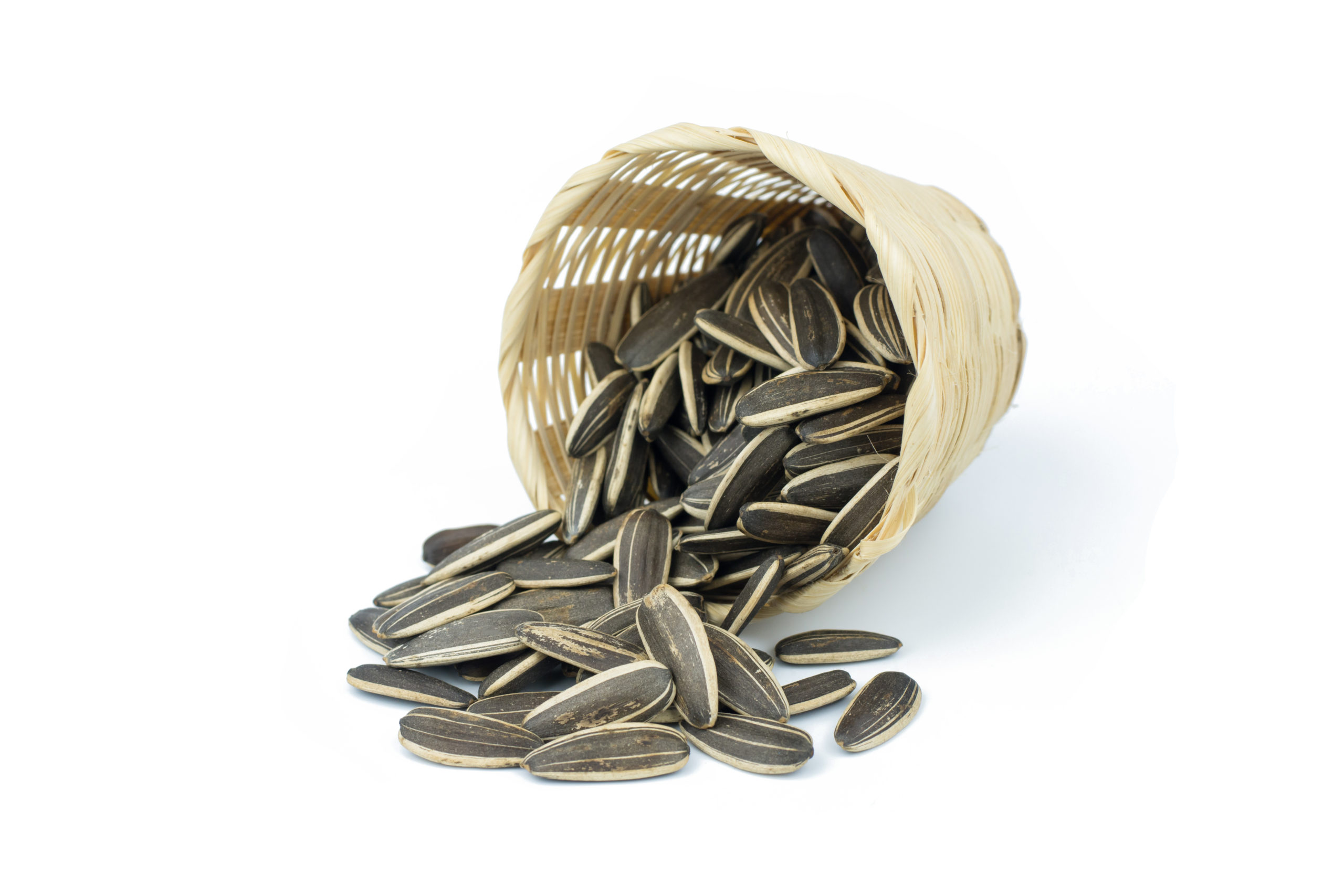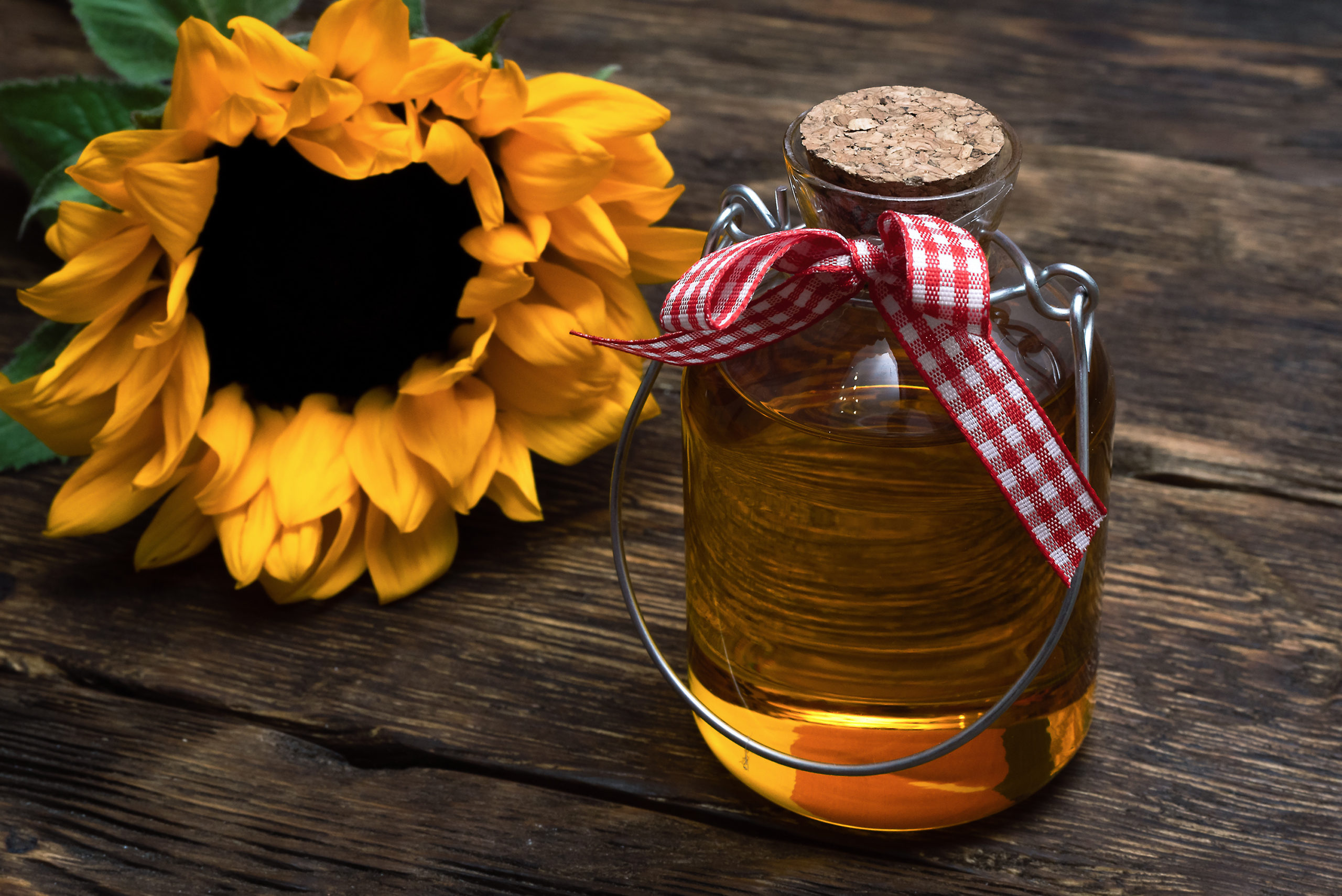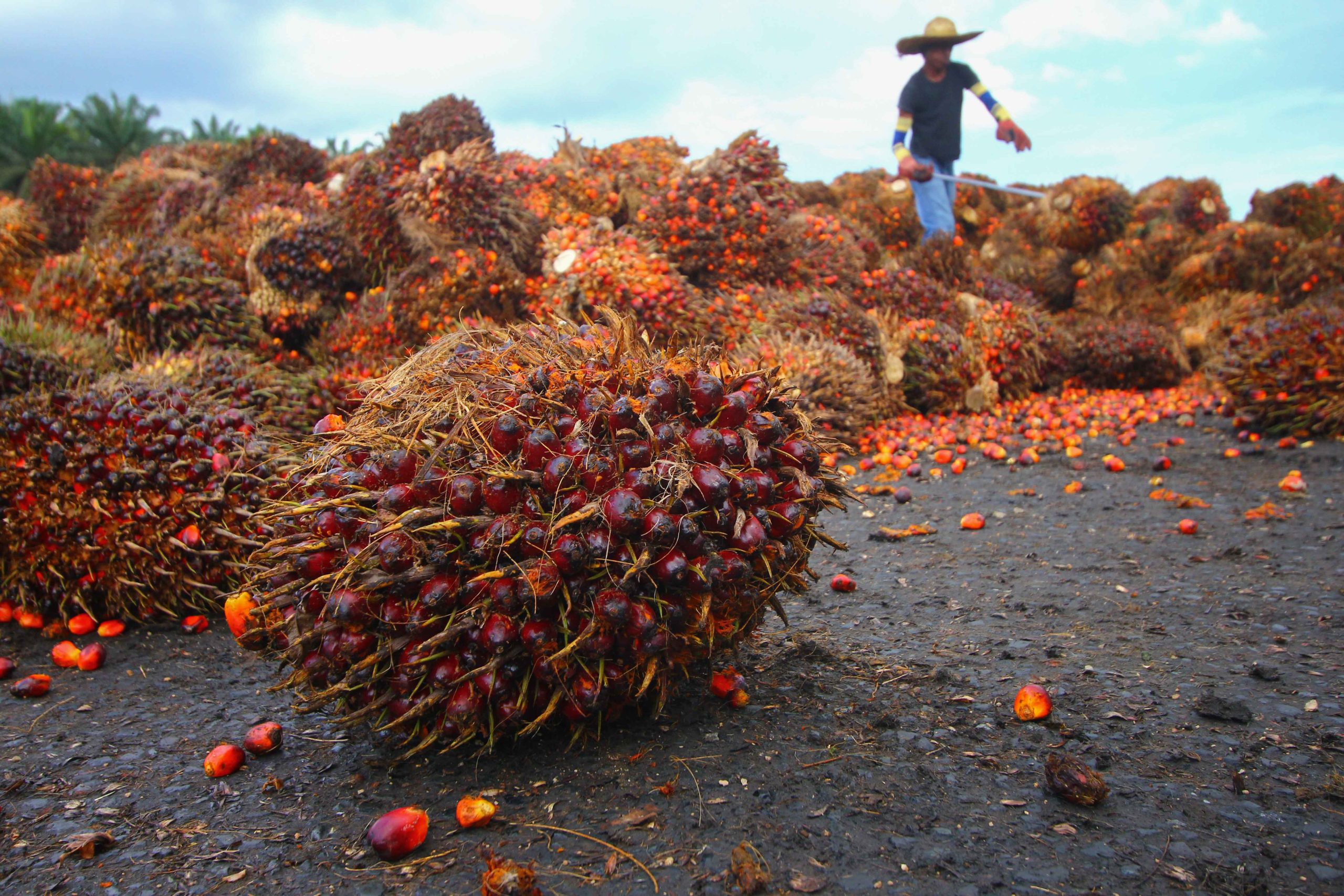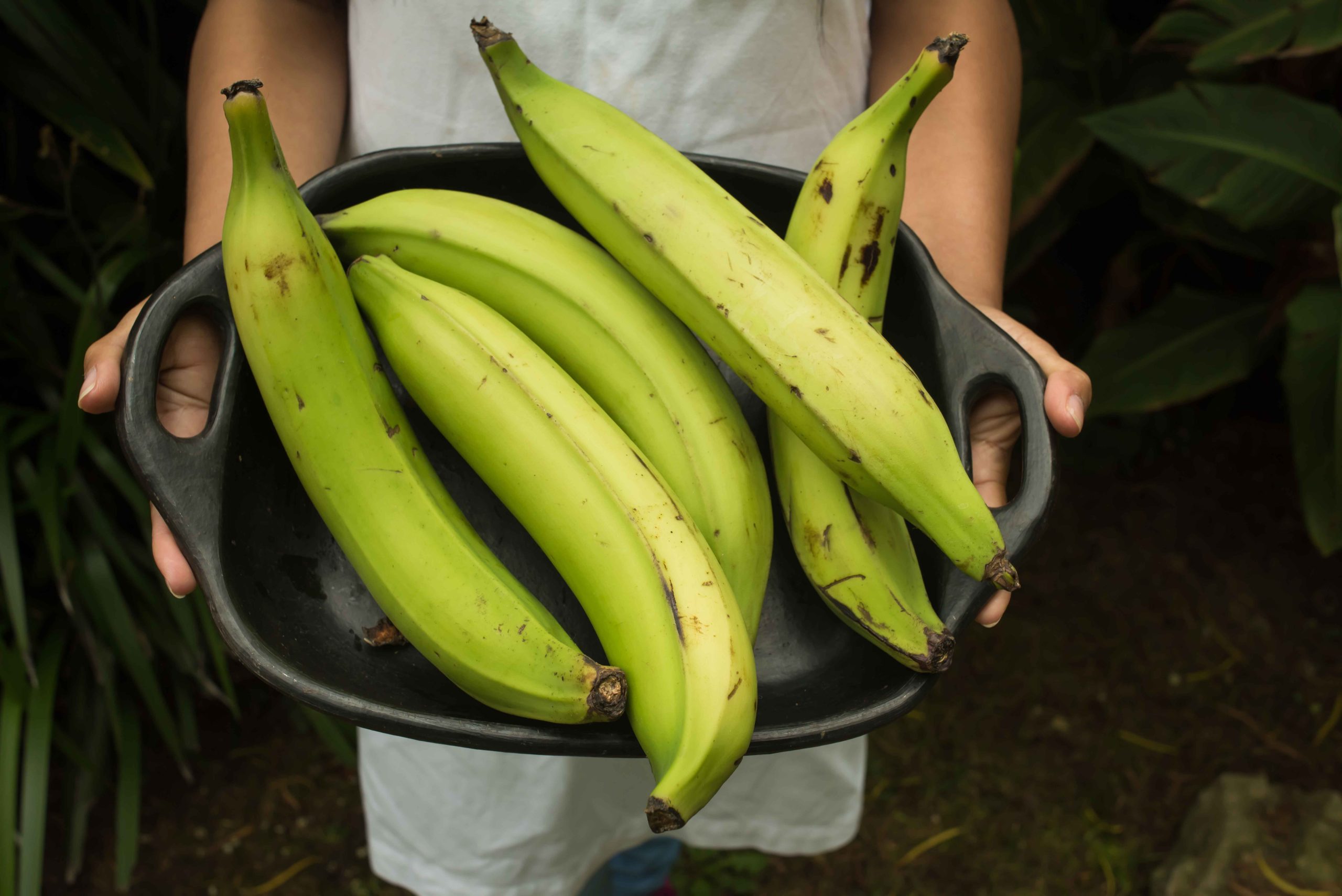TBC Ingredients ApS
From sunflower to ingredients
The mature sunflower is actually a flower of 1000-2000 small flowers crowded together. The outer petal-bearing florets are the sterile ray florets and can be yellow, red, orange, or other colors. The florets inside the circular head are called disc florets, which mature into seeds.
Continued…
Sunflowers most commonly grow to heights between 1.5 and 3.5 m.
To grow best, sunflowers need full sun. They grow best in fertile, moist, well-drained soil with heavy mulch. In commercial planting, seeds are planted 45 cm apart and 2.5 cm deep.
Sunflower “whole seed” (fruit) are sold as a snack food, after roasting in ovens, with or without salt added. Sunflowers can be processed into sun-butter. It is also sold as food for birds and can be used directly in cooking and salads.
Sunflower
Process

There are several types of sunflower oils produced, such as high linoleic, high oleic and mid oleic. Mid linoleic sunflower oil typically has at least 69% linoleic acid. High oleic sunflower oil has at least 80% oleic acid. Variation in unsaturated fatty acids profile is strongly influenced by both genetics and climate. In the last decade, high stearic sunflower lines have been developed in Spain to avoid the use of partially hydrogenated vegetable oils in the food industry.
Sunflower oil is light in taste and appearance. It is a combination of monounsaturated and polyunsaturated fats with low saturated fat levels.
Health
Benefits

Benefits of
Cooking
It may also help food stay fresher and healthier for longer periods of time. Food manufacturers are using sunflower oil in an effort to lower the levels of trans fat in mass produced foods.
A number of common snack foods currently contain sunflower oil, such as healthy snacks, potato chips etc.







